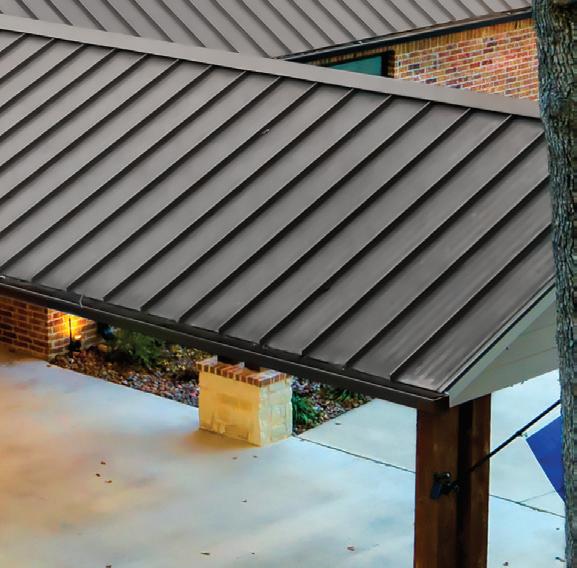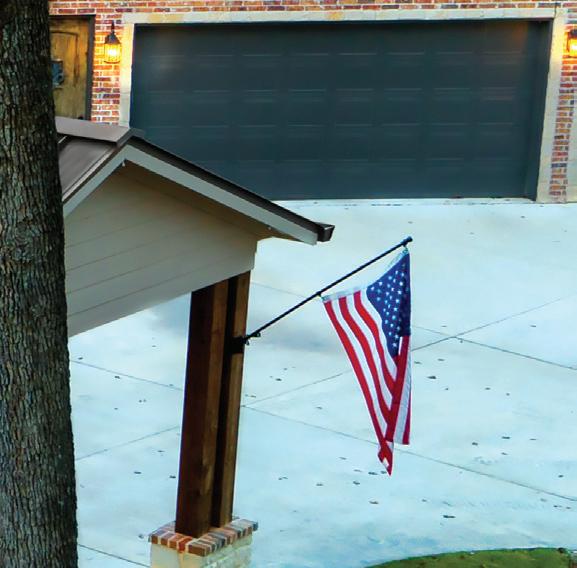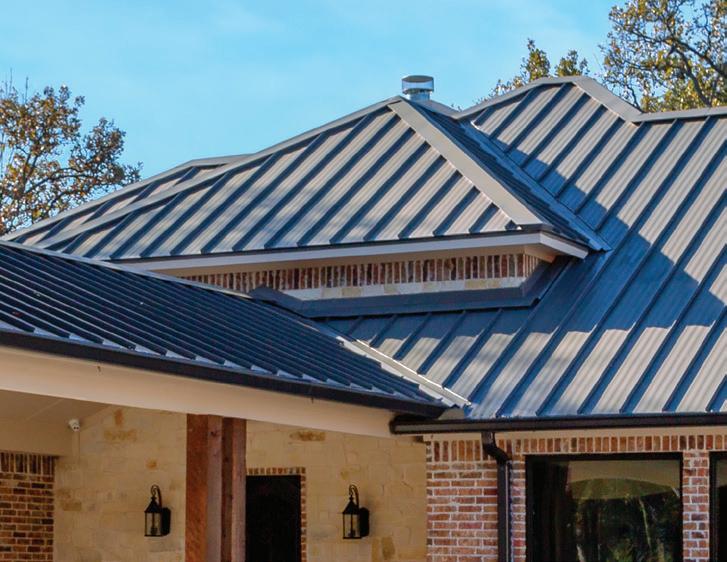

Country Louisiana




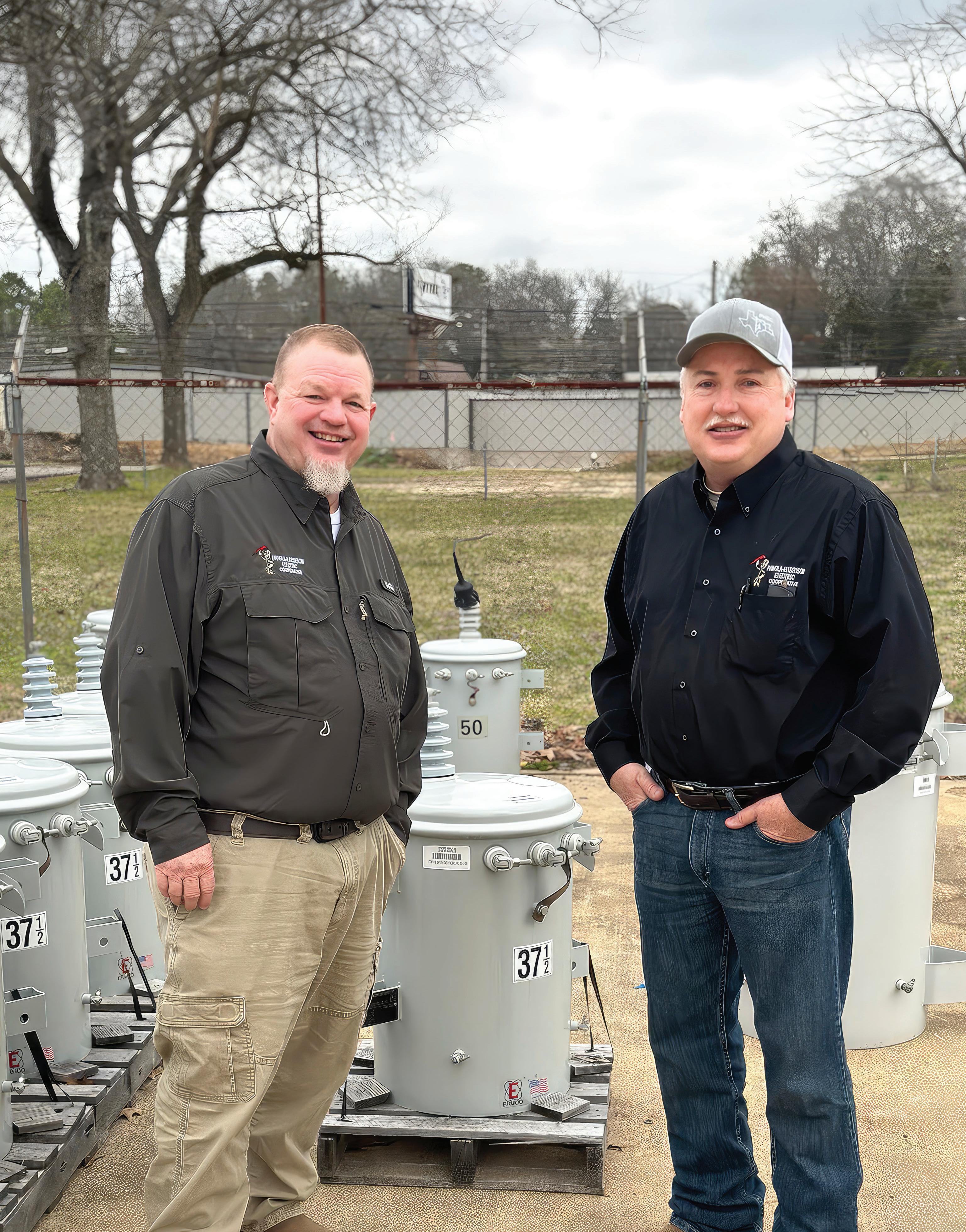



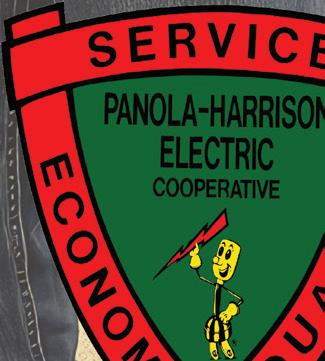




Sam White, left, and Steve Opbroek have given decades of service to Panola-Harrison Electric Cooperative members.






SMOOTH SAILING
ABOARD THE BRAND NEW AMERICAN SERENADE
From the French Quarter to the hometown of Mark Twain, experience the best of this legendary river. On an 8 to 23-day journey, explore Civil War history and travel to the epicenter of American music as you cruise in perfect comfort aboard our brand new American Riverboat™.























Electric Cooperatives Focus on Reliability
Electric cooperatives invest in modernizing infrastructure, implementing innovative grid technologies and adopting best practices in maintenance and operations to enhance reliability.
Additionally, they often engage in community outreach and education to ensure members understand the importance of energy conservation and the cooperative’s efforts to maintain a reliable power supply.
Recently, your Louisiana electric cooperatives formed a first-of-its-kind coalition to solve the grid resilience challenges threatening the state’s economic vitality and protect remote, rural, disadvantaged communities from increased climate-related threats and external risks compromising energy safety, reliability and resilience. All six Association of Louisiana Electric Cooperatives member cooperatives in the coalition have been affected by at least one, if not more, named disasters in the past three years, including hurricanes and severe winter storms.
The coalition applied for a grant to implement grid enhancements. If this
coalition is selected by the Department of Energy, Louisiana Electric Cooperative consumer-members will see the benefits of these enhancements at a third of the cost, thanks to the government grants.
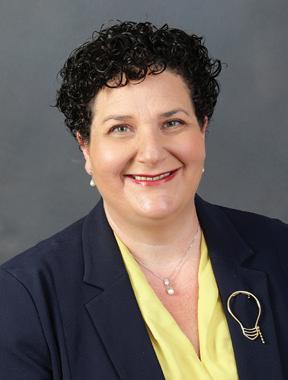
Louisiana electric cooperatives aim to create a more resilient and robust electrical grid, ultimately reducing the frequency and duration of outages by combining the following strategies: investing in infrastructure upgrades, implementing smart grid technologies, grid modernization, vegetation management, microgrids, investing in resiliency planning, remote monitoring and control, enhanced communication and coordination, education, and preparedness.
As part of the Bipartisan Infrastructure Law, the Grid Deployment Office is administering a $10.5 billion Grid Resilience and Innovation Partnerships Program to enhance grid flexibility and
Association of Louisiana Electric Cooperatives
CEO Addie Armato
DIRECTOR OF LOSS CONTROL Aarron Graham
SAFETY COORDINATOR Ricky Melancon
COMMUNICATIONS AND DIGITAL MARKETING
SPECIALIST Conley Bourgeois
ADMINISTRATIVE ASSISTANT Rhianna Garon
CREDIT UNION
Robin Plunket, manager
Jody Overhultz, representative
Board of Directors
President Dennis Glass
Vice President Michael Heinen
Secretary/Treasurer Roger Dale DeHart
BEAUREGARD
Trent Buxton
CLAIBORNE
Mark Brown Lane Davidson
DEMCO
Daniel Berthelot
JEFF
“Dickie” Sitman
Michael Heinen Byron Hardee
Trevor Benoit Roger Dale DeHart
WASHINGTONST.
Joe Jarrell Dennis Glass
Associate

improve the power system’s resilience against growing threats of extreme weather and climate change.
These programs accelerate the deployment of transformative projects that help ensure the reliability of the power sector’s infrastructure so all American communities can access affordable, reliable, clean electricity anytime, anywhere.
In the wake of several natural disasters, industry leaders and elected officials continue to focus on the importance of reliability. Our core values have always been providing safe, affordable, reliable electricity. While there is no guarantee the coalition will receive these funds, your Louisiana electric cooperatives continue to seek creative, low-cost solutions to improve your quality of life.
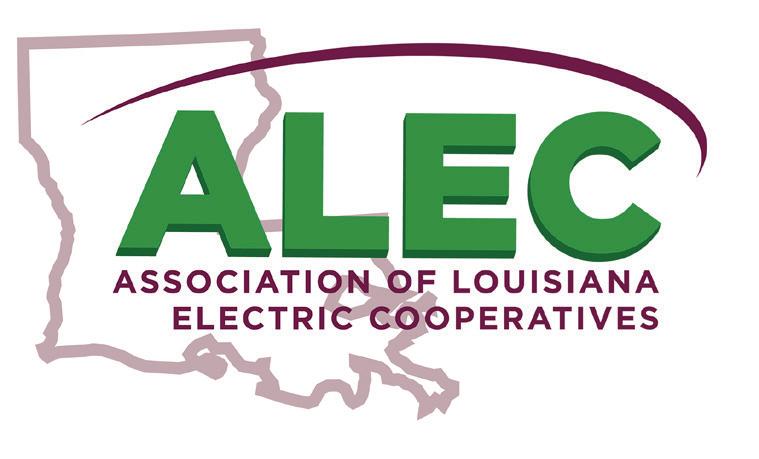
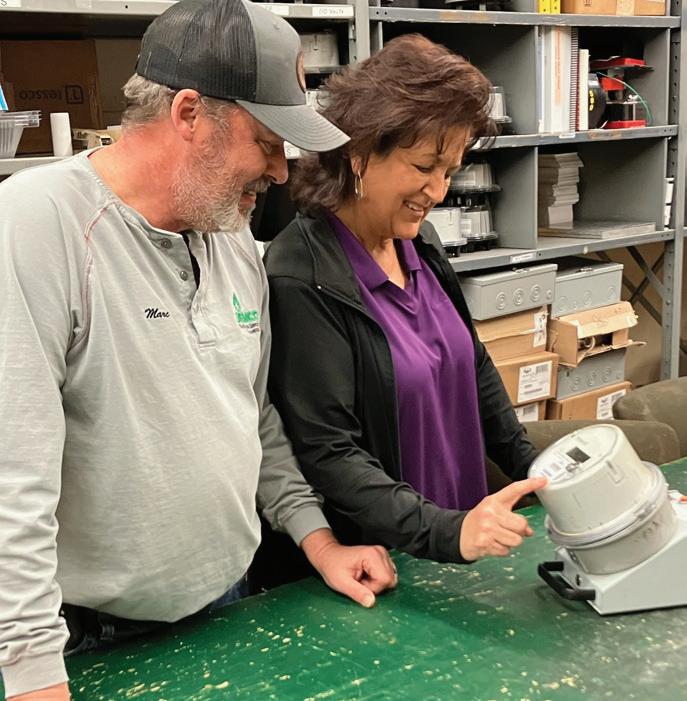
Addie Armato
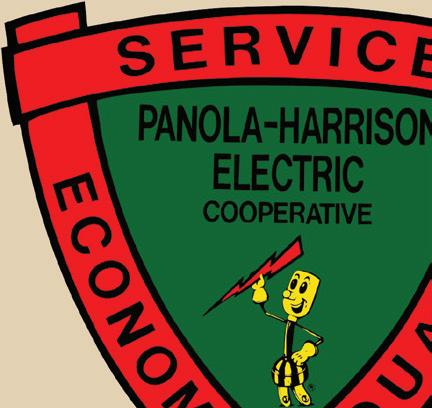

PANOLAHARRISON
ELECTRIC COOPERATIVE
410 E. Houston St. • P.O. Box 1058
Marshall, TX 75671

Value of Electricity Continues to Shine
How many remember dropping into a Panola-Harrison Electric Cooperative office with your parents or grandparents to pay the light bill? Whether you do that in person, by mail or online today, paying your monthly bill does much more than just keep the lights on.
Electricity keeps us connected to our modern world. Consider all the necessities and conveniences we enjoy in part because of the power lines running to the electric meter outside your home.
903-935-7936 local • 800-972-1093 toll-free Website: phec.us
OFFICE HOURS
Monday through Friday, 8 a.m.–5 p.m.
24-hour service for outages and emergencies
GENERAL MANAGER
Austin Haynes
BOARD OF DIRECTORS
District 1: Paul Fortune
District 2: Albert Tiller | President
District 3: Jay Goswick | Treasurer
District 4: Robert Ortigo
District 5: Debbie Burch
District 6: Jerry L. Holmes | Vice President
District 7: Gene Stough
Year organized: 1937 Counties and parishes served: Harrison, Panola, Caddo and Desoto
Connected meters: 20,648
Members: 13,722
Energized line: 2,465 miles distribution; 72 miles transmission
Panola-Harrison Electric Cooperative is an equal opportunity provider and employer. If you wish to file a civil rights program complaint of discrimination, complete the USDA Program Discrimination complaint form online at ascr.usda. gov/complaint_ filing_cust.html or at any USDA office, or call 866-632-9992 to request the form. You may also write a letter containing all of the information requested in the form. Send your completed complaint form or letter by mail to U.S. Department of Agriculture, Director, Office of Adjudication, 1400 Independence Ave. SW, Washington, D.C., 20250-9410, by fax to 202-690-7442 or by email to program.intake@usda.gov.
Volume 41, Issue 2
Louisiana Country (USPS 473-180) is published bimonthly by the Association of Louisiana Electric Co-ops Inc., 10725 Airline Hwy., Baton Rouge, LA 70816, in partnership with Pioneer Utility Resources.
Annual subscriptions: Members $2.30. Nonmembers $5.
Postmaster: Send form 3579 to 10725 Airline Hwy., Baton Rouge, LA 70816.
Periodicals postage paid at Baton Rouge, Louisiana 70821, and additional mailing offices.
Count up your televisions, desktop, laptop and tablet computers, printers, gaming consoles, music and video players and personal assistant devices. Whether they get used every day or just occasionally, the electricity that keeps them working comes from Panola-Harrison.

Have you looked around your kitchen lately? Besides the coffee maker, toaster, microwave and electric skillet, many of us have added several other modern small appliances.
If you’ve got a craft nook or workshop, the power tools and machines you use to cut and shape your projects are either plugged in or recharged from the outlets connecting your household wiring to the cooperative.
You use electricity to run all these devices, and we still keep the lights on, use the stove, heating and air conditioning, and get hot water from the tap. The good news is, even as we rely more on electricity, it’s still a bargain, especially compared to other things we pay for regularly.
When it comes to value, electricity is a clear winner, and we’re always looking for ways to work with you to make it even better. That’s why Panola-Harrison urges energy efficiency, encourages you to look for Energy Star appliances and promotes technology designed to give members more control over their electricity use.
Energy performance dashboards, smart thermostats and power strips, and appliance settings that shift most water heating, laundry and dishwashing outside peak rate periods help reduce the co-op’s overall power demand. They also allow you to control or even trim your monthly utility bills.
That’s good for families, couples and individuals trying to live within their budgets. And it will become even more important as digital devices and internet-connected technologies become even more important in our lives.
The average home now has 22 Wi-Fi-connected devices. That number is expected to continue to rise. Technology and the gateways that keep it working use electricity, so you’ll depend upon the cooperative for more than the power that keeps the lights on.
That’s why we’re always working to provide reliable service, keep it affordable as possible and make it even more valuable to our members—you, your family and your neighbors.

BILL PAYMENT INFORMATION
Bring your electric bill or bill stub when visiting the co-op office in Marshall with billing inquiries or payment questions. Payments can be made by mail, at our local office, by phone or on our website. We accept cash, check, electronic funds transfer, credit card and check by phone. Please call 866520-1211 or 903-935-4657 to pay by credit card or check by phone, or use our website at phec.us.
Austin Haynes
PANOLA-HARRISON
Saturday, April 20
Meeting starts at 10 a.m.
New location: PHEC office, 410 E. Houston St. Marshall, Texas
HOPE TO SEE YOU THERE

Celebrating Louisiana: Washington, D.C., Mardi Gras
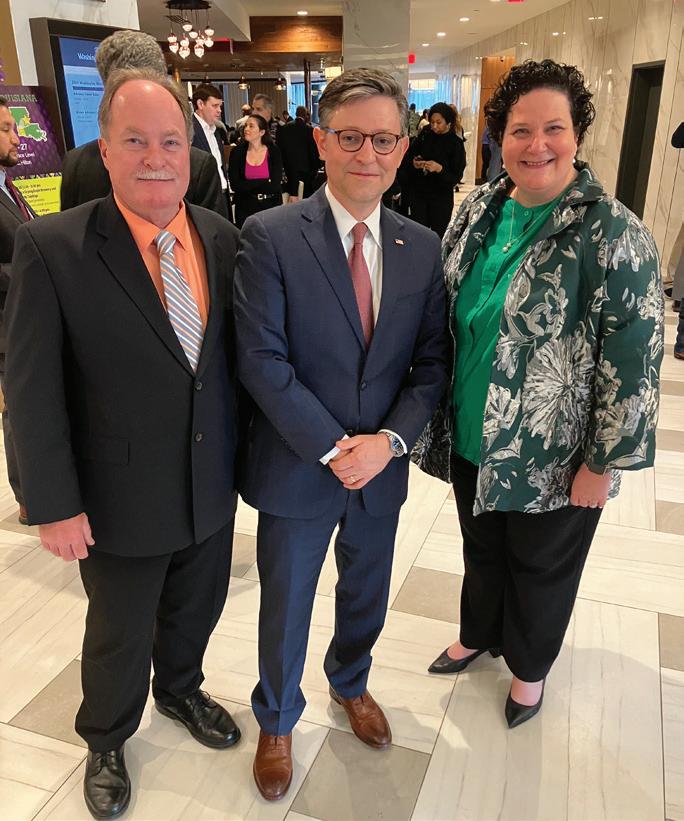
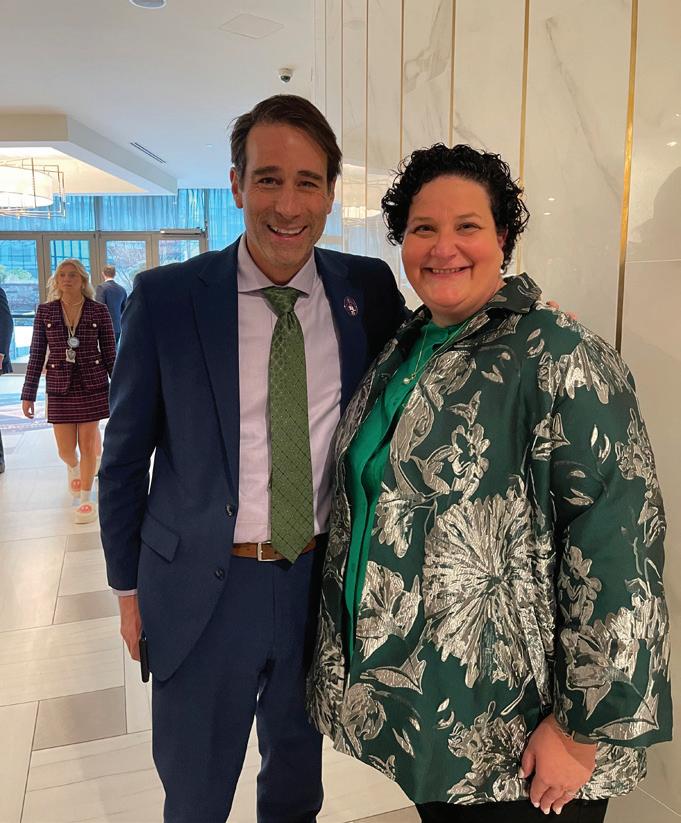





Leading Louisiana: Gov. Jeff Landry Inauguration
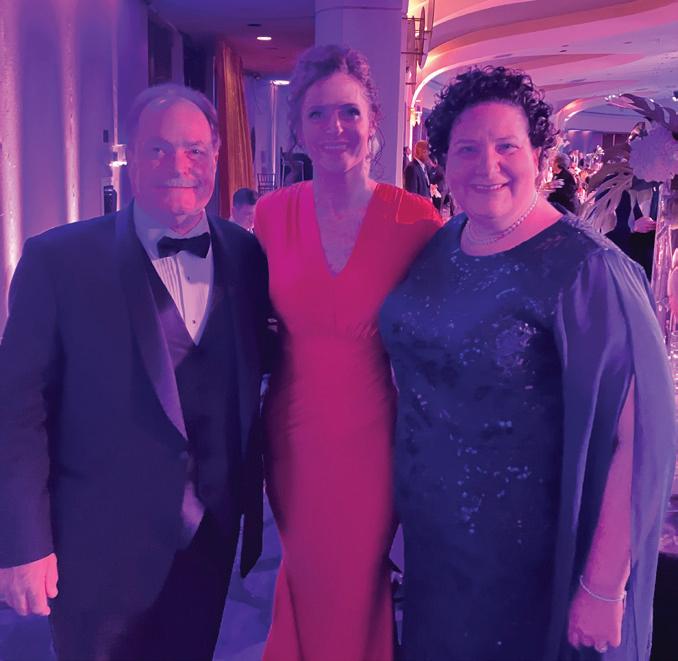
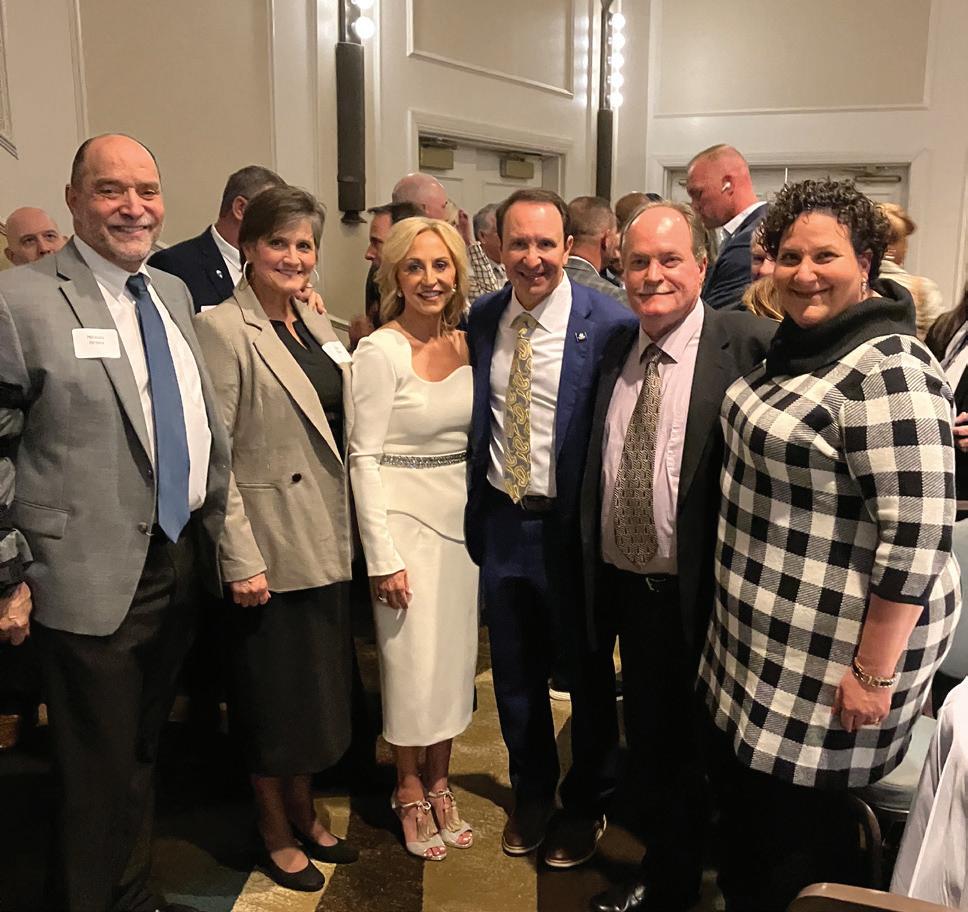



Addie with U.S. Rep. Garret Graves. Addie, center, with National Rural Electric Cooperative Association’s Will Michell and Speaker Johnson’s chief of staff, Ruth Ward.
Association of Louisiana Electric Cooperatives CEO Addie Armato, right, and her husband Joe Langlois, left, visit with Speaker of the House Mike Johnson.
Attending Gov. Jeff Landry’s inauguration are, from left, Jeff Davis Electric Cooperative General Manager Mike Heinen, Angie Heinen, Sharon Landry, Gov. Landry, Joe and Addie.
ABOVE: U.S. Sen. Bill Cassidy and Addie.
RIGHT: Joe, U.S. Rep. Julia Letlow and Addie.
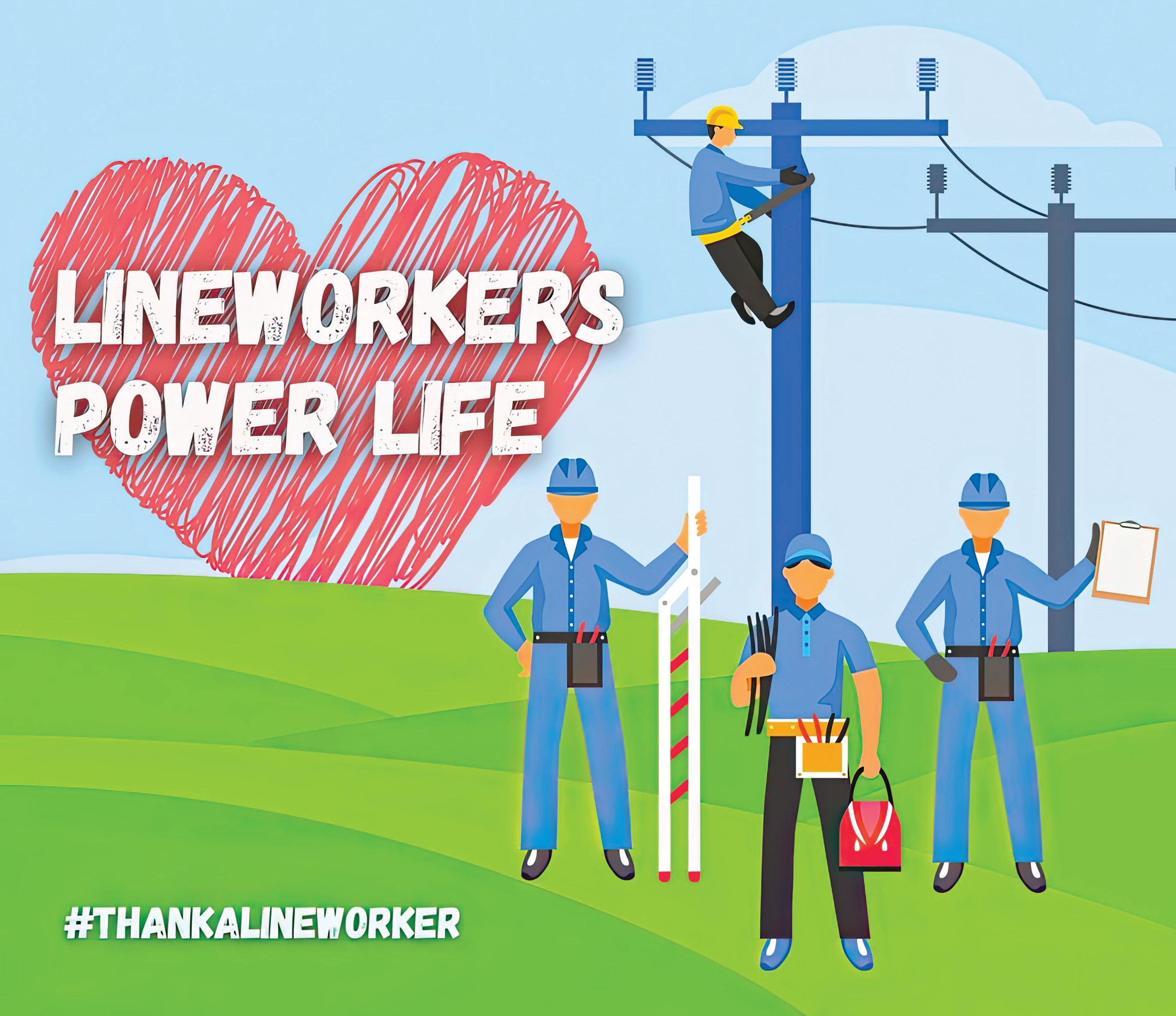
Help Fund a Scholarship, Gain a Chance to Win!
Donate $1 to the Sandy Stockwell Cooperative Youth Leadership Scholarship Fund, and you could win a portable Hisencn flat top propane grill.
To buy a ticket, visit your electric cooperative.
The drawing is in July at the Association of Louisiana Electric Cooperatives’ annual meeting banquet in Baton Rouge.
You do not need to be present to win. The winner will be contacted by phone.
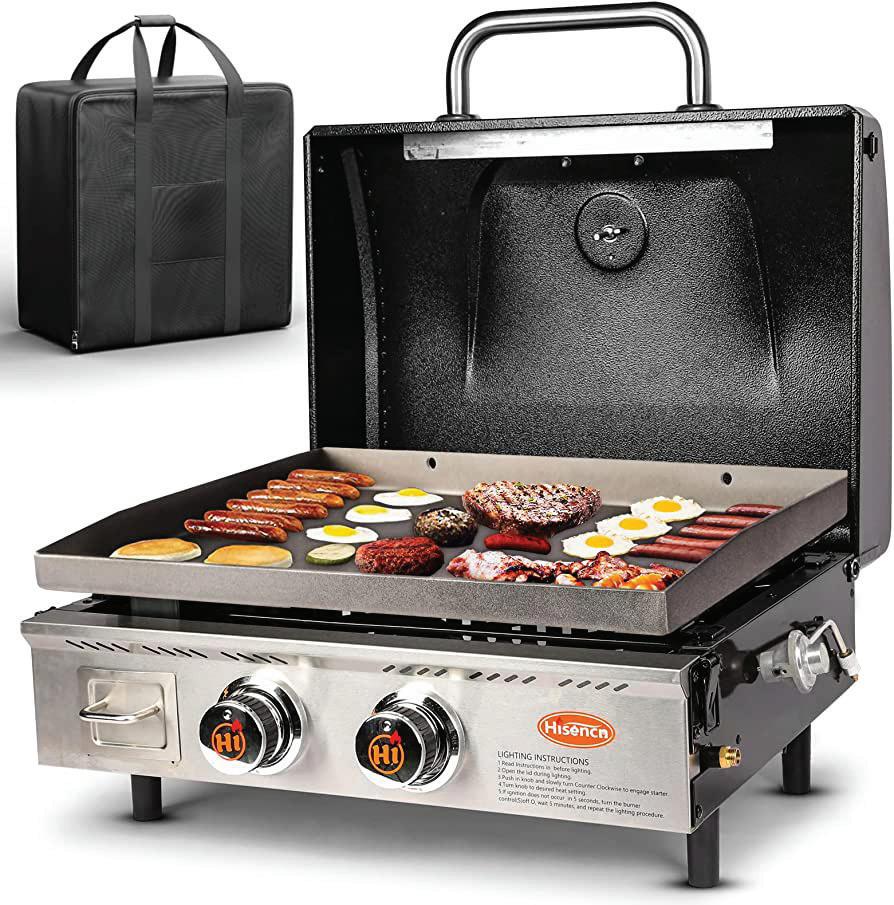
STORM SAFETY FILL-IN-THE-BLANK
Spring is a wonderful season, but it can bring powerful storms. Read the clues below, then use the word bank to complete the storm safety tips.
• Keep a handy in case of a power outage.
• Be watchful for signs of a thunderstorm, including dark skies, flashes of or strong winds.
• If a is issued, seek shelter in a centrally-located room in your home, a basement or storm cellar.
• If you’re outside and hear , go indoors immediately.
• Practice a tornado with your family once a year.
WORD BANK
thunder
drill
flashlight
tornado warning
lightning










































Sharing
Creole With the World

By Cheré Coen
Panderina D. Soumas calls Bossier City home, but her roots run deep in New Orleans cuisine. The Big Easy’s her hometown and that of her ancestors. She credits those family members for her love of Creole cooking and what she incorporates into the food products she sells under Heritage Creole Creations.
Panderina sells a Creole seasoning blend, packaged food mixes, a cookbook of Creole recipes, both new and old, and some of the creamiest pralines in Louisiana. What she doesn’t sell is Cajun or trendy.
“I try to be different than others,” Panderina says. “It’s strictly Creole.”
Chef Pan, as she likes to be called, was raised with typical New Orleans dishes, such as red beans and rice, jambalaya and “gombo,” the West African spelling of gumbo meaning okra. Enslaved Africans brought okra seeds from their homeland, and many attribute the name of gumbo, either spelling, to those early Louisianans.
A Delicious Family History
Louisiana Creole cuisine is a mixture of African influences as well as Spanish, French and Native American. When she was growing up in New Orleans, her use of cumin and curry blended Spanish influence with her family’s West African heritage. One grandmother added Caribbean flair to her gumbo roux.
“My grandmother made roux from scratch, and she dropped in a cinnamon stick at the end for a few minutes,” Chef Pan says.
Her New Orleans backyard produced much of what her family used in their recipes. In addition to growing okra, they had pecan, bay leaf and lemon trees. Her grandmother dried peppers and used them and bay leaves when she boiled her rice.
There was always something cooking that filled the house with a delicious aroma.
“My grandmother would say in her patois, ‘If you can’t smell the food, don’t eat it,’” Chef Pan says with a laugh.
Panderina D. Soumas sells a Creole seasoning blend, packaged food mixes, a cookbook of Creole recipes and more. PHOTOS COURTESY OF CHEF PAN
Her father’s military career took the family many places, but the culinary entrepreneur settled in Bossier City. It’s where she creates her products and ships them across the country.
One of her most popular items is the Creole Explosion Seasoning Blend. She won’t name the ingredients, but typical of her heritage, it includes cumin, cinnamon and a little curry. It’s got a bite, but there’s more flavor than heat.
“I named it explosion for a reason,” Chef Pan says, adding that she puts a little seasoning packet in her food mixes as well. “It’s a seasoning you can use on everything.”
Sharing the Sweetness
When Chef Pan first moved to Northern Louisiana, she noticed a lack of her hometown’s favorite—and famous—specialty.
“Pralines are more of a South Louisiana thing,” she says. “A lot of people here called them peanut patties.”
Her Creole origins called them by a different name, as well.
“Most people of Creole heritage would call them ‘pah-leens,’ with the R silent,” she explains.
When she added Chef Pan’s Creole Pecan Pralines to the lineup, people started demanding the sugar and pecan goodness.
“It’s an art,” she says of mixing the sweet combination of sugar, cream and pecans. “You have to watch that sugar and cream because it can burn. And humidity plays a part. Sugar and dampness do not go together.”
As with all Louisiana dishes, how they’re created can incite passionate disagreements.
“I had an aunt who used regular milk, one who used evaporated milk and one aunt who used a little of both,” Chef Pan says.
The bottom line is the final product.
“Don’t want to toot my own horn but mine are pretty good,” she says.
She is working on a new website, but folks wanting to sample her products can reach her through her Facebook page: Panderina Soumas (Chef Pan). n
Chef Panderina Soumas’ Louisiana Creole Jambalaya
3-5 tablespoons cooking oil
1 pound of andouille sausage, sliced into rounds
1 pound boneless skinless chicken thighs, cut into bite-sized pieces
2-3 teaspoons of Creole Explosion Seasoning Blend
1 onion, diced
1 green bell pepper, diced
1 red bell pepper, diced
2 stalks/ribs celery, chopped
4-5 cloves of garlic, smashed and minced
3-4 bay leaves
1 14-ounce can crushed tomatoes
1 14-ounce can of petite diced tomatoes
2 teaspoons Worcestershire sauce
1 teaspoon file powder (optional)
11/2 cups of long-grain white rice, uncooked
3 cups of chicken broth
A few shakes of Big Easy Creole Hot Sauce
Sliced green onions and chopped parsley, to garnish
INSTRUCTIONS
Heat 1-2 tablespoons of oil in a large pot or Dutch oven over medium heat. Season the sausage and chicken pieces with half of the Creole Explosion Seasoning Blend. Brown sausage and chicken in the hot oil until done. Remove with slotted spoon and set aside.
In same pot, add 2-3 tablespoons of oil. Saute the onion, peppers and celery until soft and transparent. Add the garlic and cook until fragrant. Stir in the tomatoes (crushed and diced), a few shakes of Big Easy Creole Hot Sauce, Worcestershire sauce, the remaining Creole Explosion Seasoning Blend, optional file powder and chicken and sausage. Cook for 2-3 minutes, while stirring occasionally. Last, add in the rice and chicken broth.

Bring to a boil, then reduce heat to low-medium simmer. Cover and let simmer on mediumlow for about 20 to 25 minutes or until liquid is absorbed and rice is fully cooked. Turn off heat, stir gently and cover with lid for an additional 2-3 minutes. Season with a little extra Creole Explosion Seasoning Blend, if needed, and remove from heat. Adjust spiciness with extra Big Easy Creole Hot Sauce. Serve immediately with sliced green onions and parsley for garnish.
Louisiana Creole jambalaya is one of Chef Pan’s most well-known dishes.









Energize Your Career Build a co-op future







By Cheré Coen

















ADOBE STOCK ILLUSTRATION BY KOMAL






support
Working for an electric co-op may seem straightforward—keeping the lights on for area homes, farms and businesses—but it requires skilled professionals, many of whom labor behind the scenes. While lineworkers work in any weather to repair and maintain utility poles, the office staff provides customer service, management, technical support, billing and more. Together, they bring customers the reliable and affordable service they deserve.
“In addition to who you see, the linemen, there’s a whole business support group behind that,” says DEMCO CEO Randy Pierce.






Randy started working for the Natchitoches Valley Electric Membership Co-op straight out of college and then worked for Cajun Electric Power Co-op for eight years. Before moving to DEMCO, he served as the CEO and general manager of the Association of Louisiana Electric Cooperatives for 22 years.
He values the variety of career opportunities co-ops offer, and he especially appreciates they are locally
owned, operated and governed by members of the communities they serve.
“The utility industry is a service industry and the co-op industry even more so,” Randy says of his not-for-profit, member-owned corporation. “We provide critical electric services in areas that couldn’t get it otherwise.”
More Than a Job
It’s because co-op staff members work so closely, including during natural disasters, that a cooperative feels like family.
This tightknit connection is one reason employees consider their roles more than simply jobs—they have careers.
Heath Lemieux began working for Jeff Davis Electric Co-op after graduating high school, starting as a helper to lineworkers in Johnson Bayou near the Gulf of Mexico. He now works in the co-op’s office in Jennings. Heath has performed many duties over his 26 years, but one year stands out. When Hurricane Rita devastated his home in 2005, Jeff Davis provided him with a camper he could live
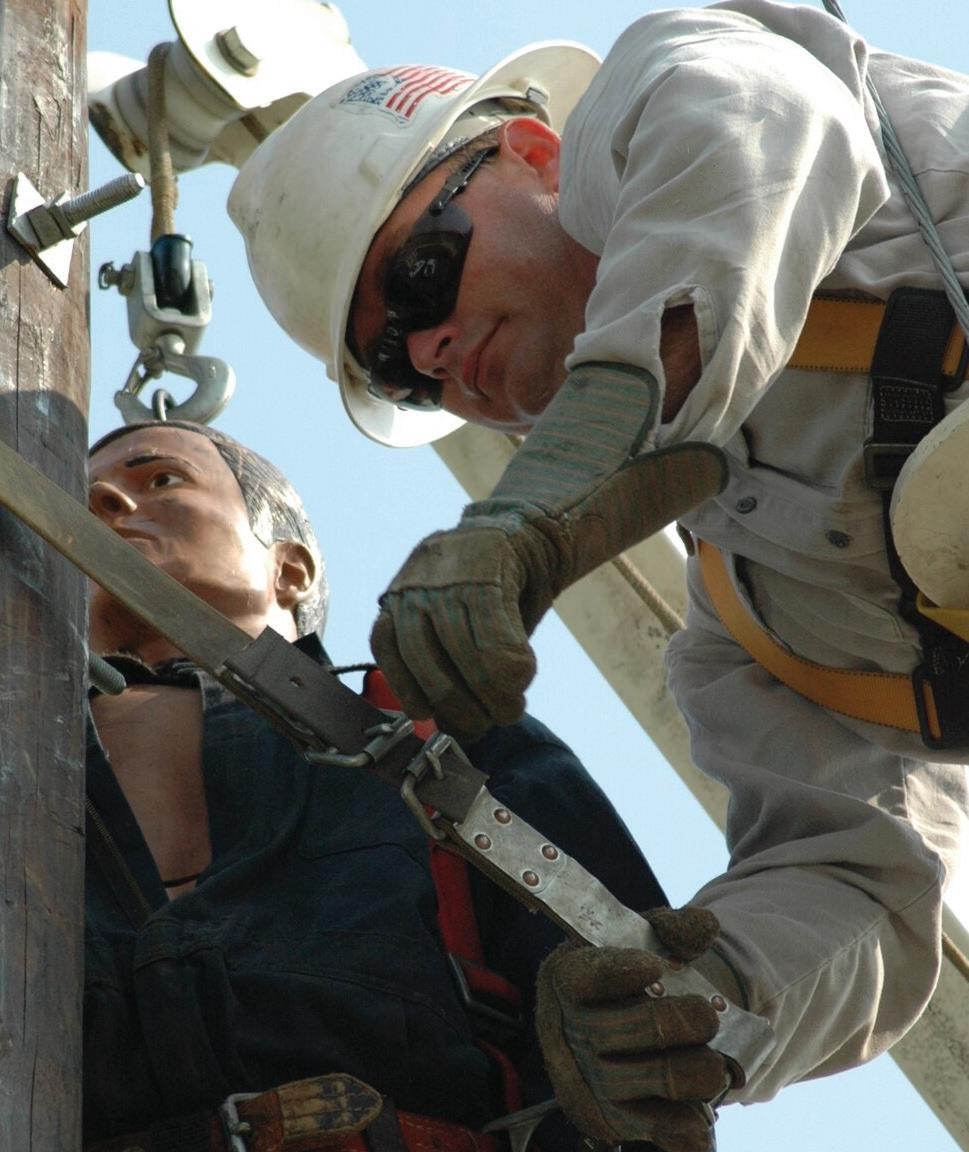


in until he could relocate. Other co-ops donated funds and materials to assist him and others affected by the storm.
“We’re a small co-op, but they treat us like family,” Heath says. “It’s been a great place to work. They’ve always taken care of me.”
Shannon Soudelier also began his career as a helper, working for South Louisiana Electric Cooperative Association after finishing high school in August 2005.
“When I first started, I didn’t know what
ABOVE: Heath Lemieux has worked various jobs for Jeff Davis Electric Co-op for 26 years. After Hurricane Rita devastated his home in 2005, the co-op provided him with a camper, an example of how cooperatives
their employees. RIGHT: Darrell Crumpler retired from Beauregard Electric Cooperative in February after a career spanning more than three decades.

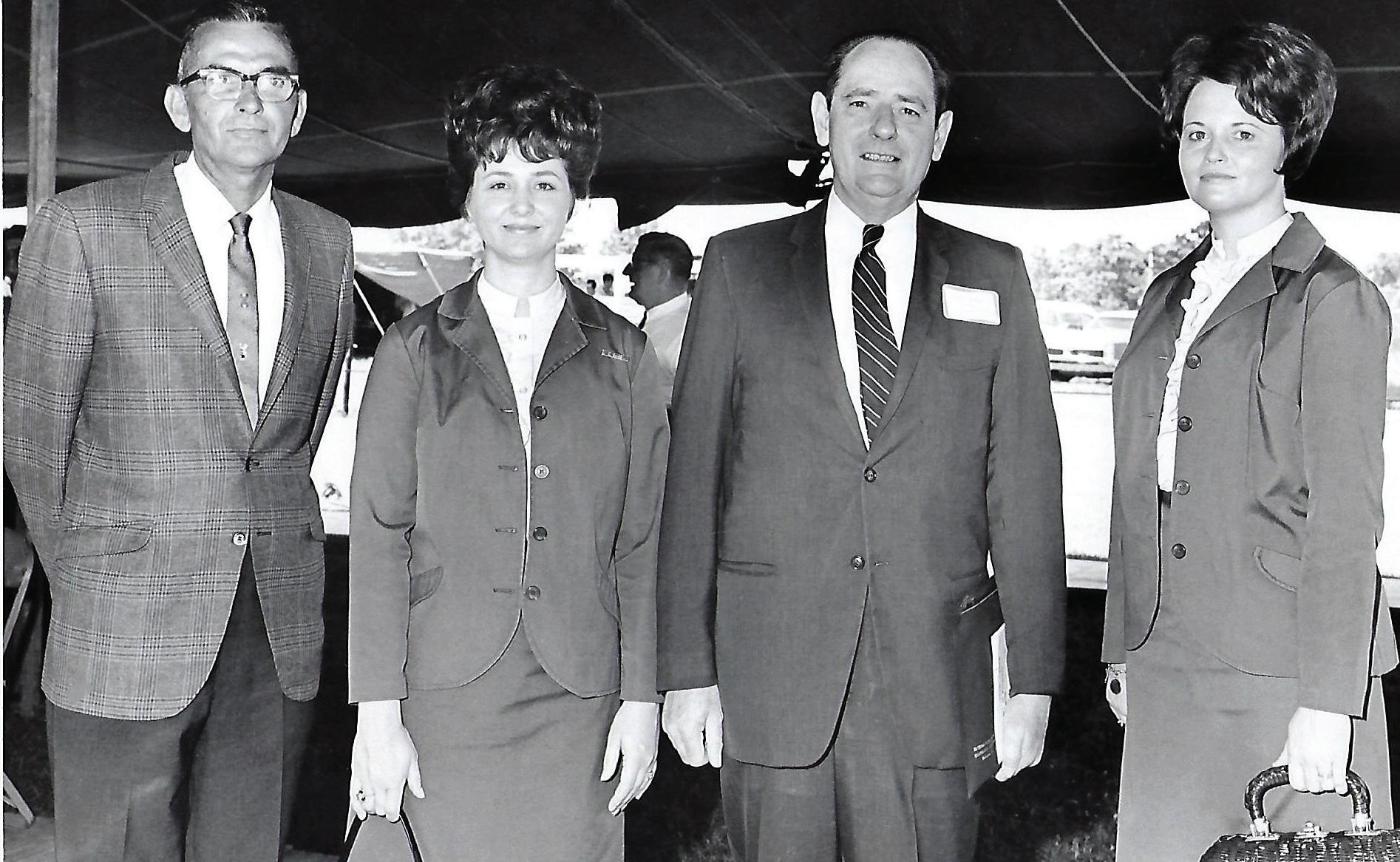
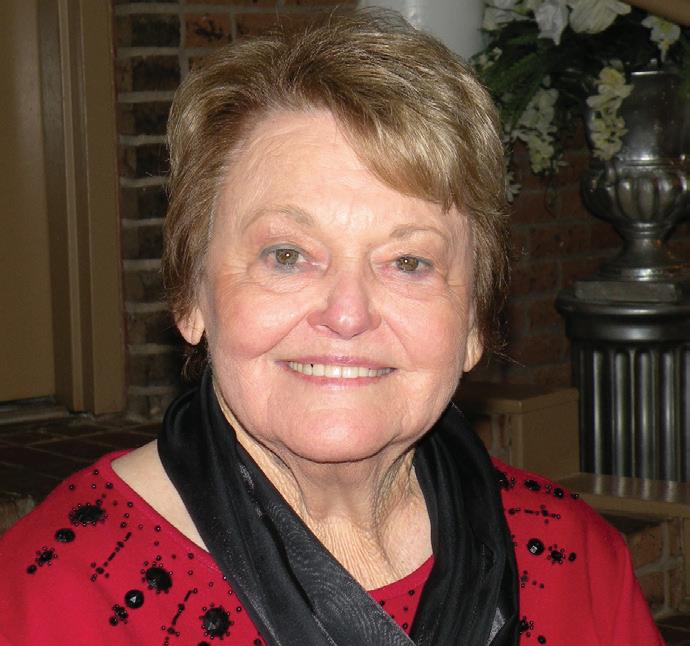
a lineman was,” he says with a laugh. “I thought it was a light switch in my house.”
Right after Shannon took the job, Hurricane Katrina barreled into New Orleans, followed by Rita a month later in Louisiana’s southwest corner. Shannon met many co-op members from around the state and country who arrived to help and was amazed at how quickly they restored electricity to a struggling state.
“Working for a co-op, it’s a family,” he




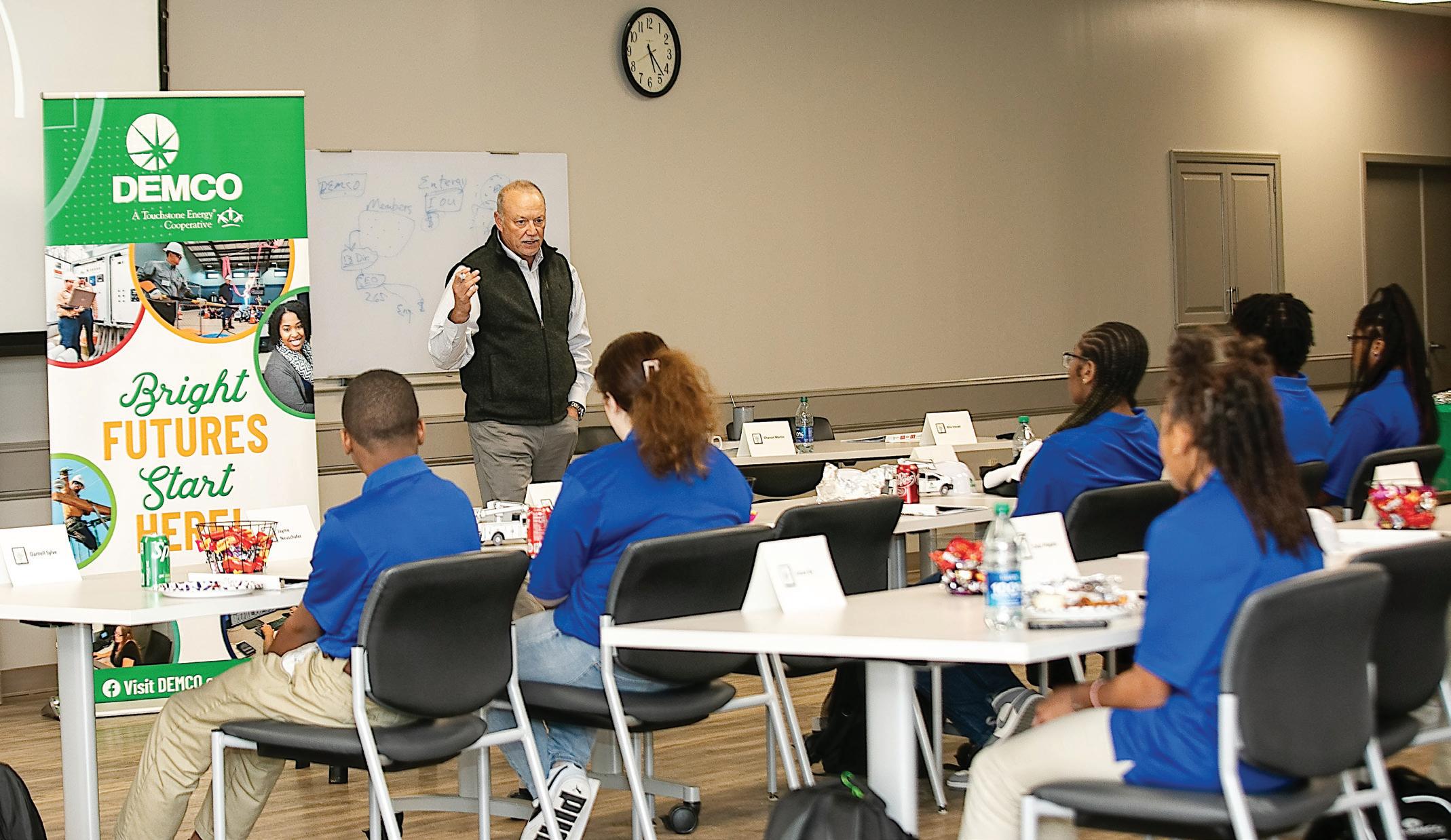
DEMCO Serves


says, including those who are only in-state to help during a disaster. “You might talk to some people once or twice, but it’s like you’ve known each other all your life. If you need help, it’s a brotherhood. They’re just a phone call away if you need something.”
ALEC raised more than $2 million after the twin storms of 2005, Randy says, and co-ops throughout 30 states sent help.
“We move resources where they need to be,” he says of the nationwide coalition of cooperatives. “We form relationships during disasters that sometimes last a lifetime. For electric co-ops, it’s just a way of life.”

Julie Burns didn’t know what the job of a meter reader entailed when she signed up 45 years ago to work with DEMCO. Today, she’s a meter reading technician in Greenwell Springs. In addition to the great job benefits, such as on-the-job training, medical benefits and tuition assistance, Julie appreciates the opportunity to give back to her community. Each year, DEMCO gives its employees an opportunity to serve in the community.
“It’s something we enjoy, and it also helps somebody else,” she says. “We try to give back to the community.”
Randy agrees that working at a co-op offers more than just a paycheck.
A Solid Profession

“It’s great pay but also nonprofit work,” he says. “While we don’t have a profit motive, our goal is to provide quality service. At the end of the day, you’ve provided work in the community that’s needed. And there’s a lot of things you can do over and above to help your community.”
Because electric cooperatives provide an invaluable service to communities, their employees have the peace of mind that comes with job security.


Verdie Mae Knight, at left and far right above, marked 65 years at Washington-St. Tammany Electric Cooperative last November.
Randy Pierce started as a communicator and is now the general manager of DEMCO. He also served as the CEO and general manager of the Association of Louisiana Electric Cooperatives for 22 years.






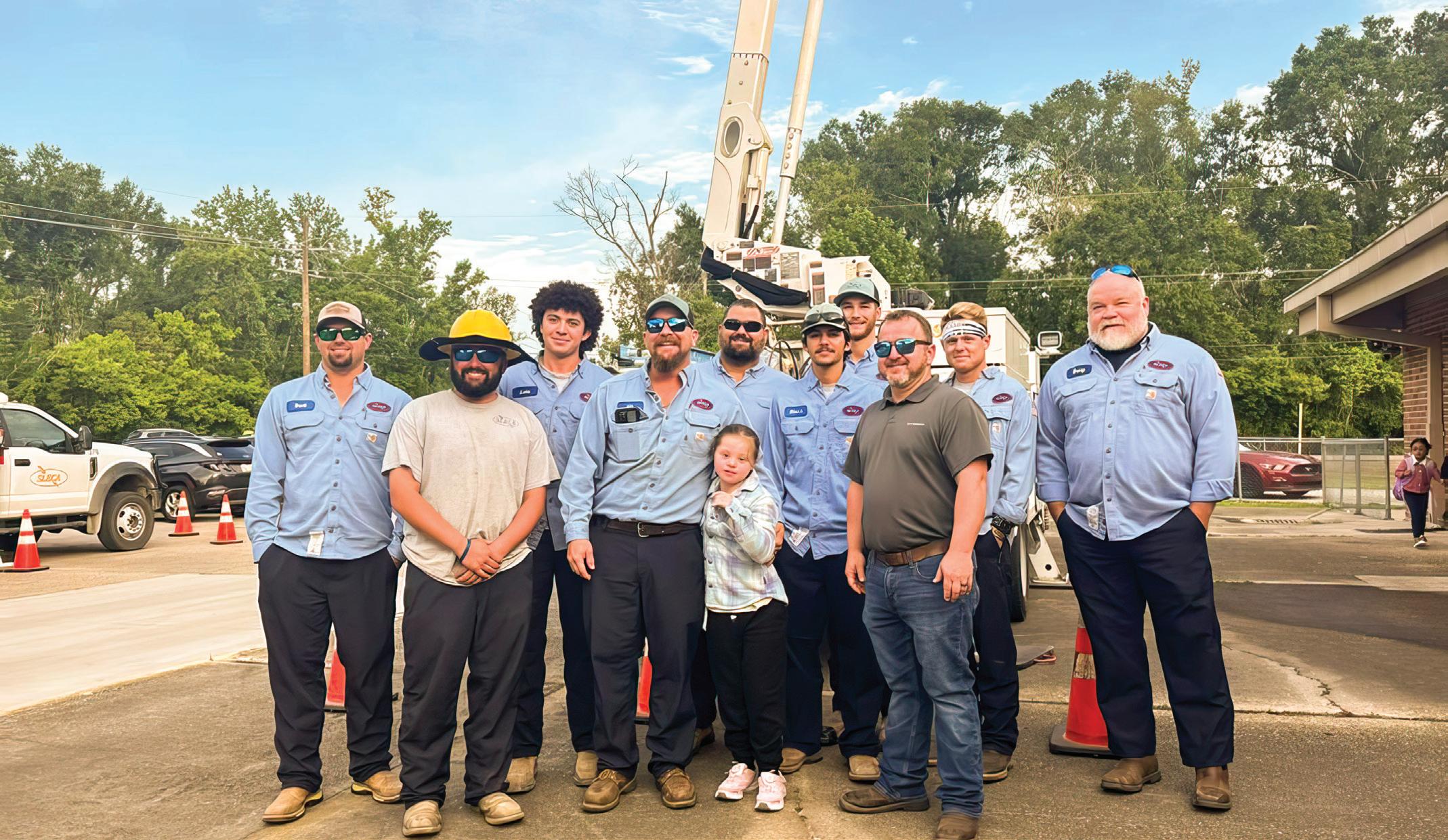
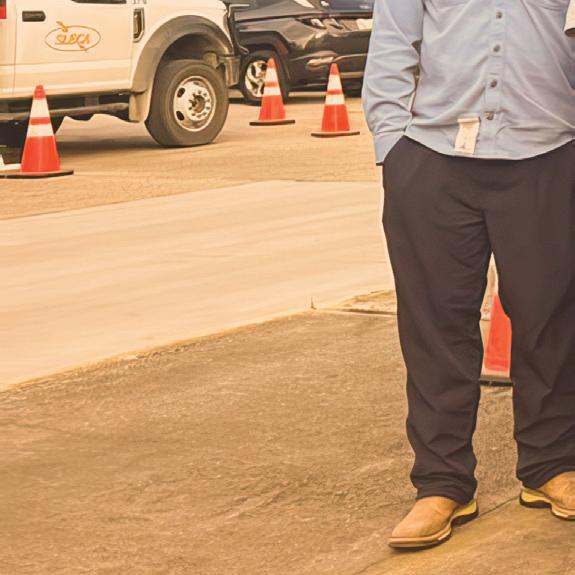
“Co-ops aren’t going anywhere,” says Shannon, who’s worked for SLECA for 18 years. “The public needs electricity. You’ve got to be there to keep the lights on. It’s an awesome career. As a lineman, you’ll have a career forever.”
Verdie Mae Knight marked 65 years at Washington-St. Tammany Electric Cooperative last November, and she isn’t thinking about retirement anytime soon. After high school, she knew she wanted to remain close to her family’s dairy farm but was unsure which path to take. She says her life started when the phone rang, and WSTE asked her for an interview.
“That was the happiest day of my life,” she says. “It’s been a wonderful career for me.”
She’s now a WSTE billing supervisor and cherishes helping her community.
“I think it’s a really good opportunity to work for a co-op,” Verdie says. “I’ve met a lot of people. I’ve enjoyed working with them.”
Darrell Crumpler was lead lineman at Beauregard Electric Cooperative and the 2023 Outside Employee of the Year. He started at BECi in 1992 and retired in February. He enjoyed the work, benefits, and his relationship with the people he served and coworkers.
“It’s just a good job,” Darrell says. “The benefits are unmatched, and there is nothing like working for a co-op.”
Considering Working for a Co-op?
Heath recommends thoroughly examining what a co-op job entails. Because lineworkers must work through any weather at all hours of the day, the job can take a toll on both lineworkers and their families.
“Linework is not for everyone,” Heath says. “It’s a great job, but you have to be built for it. You need to be fit.”
Other positions to consider include engineering, human resources, marketing, accounting and more.


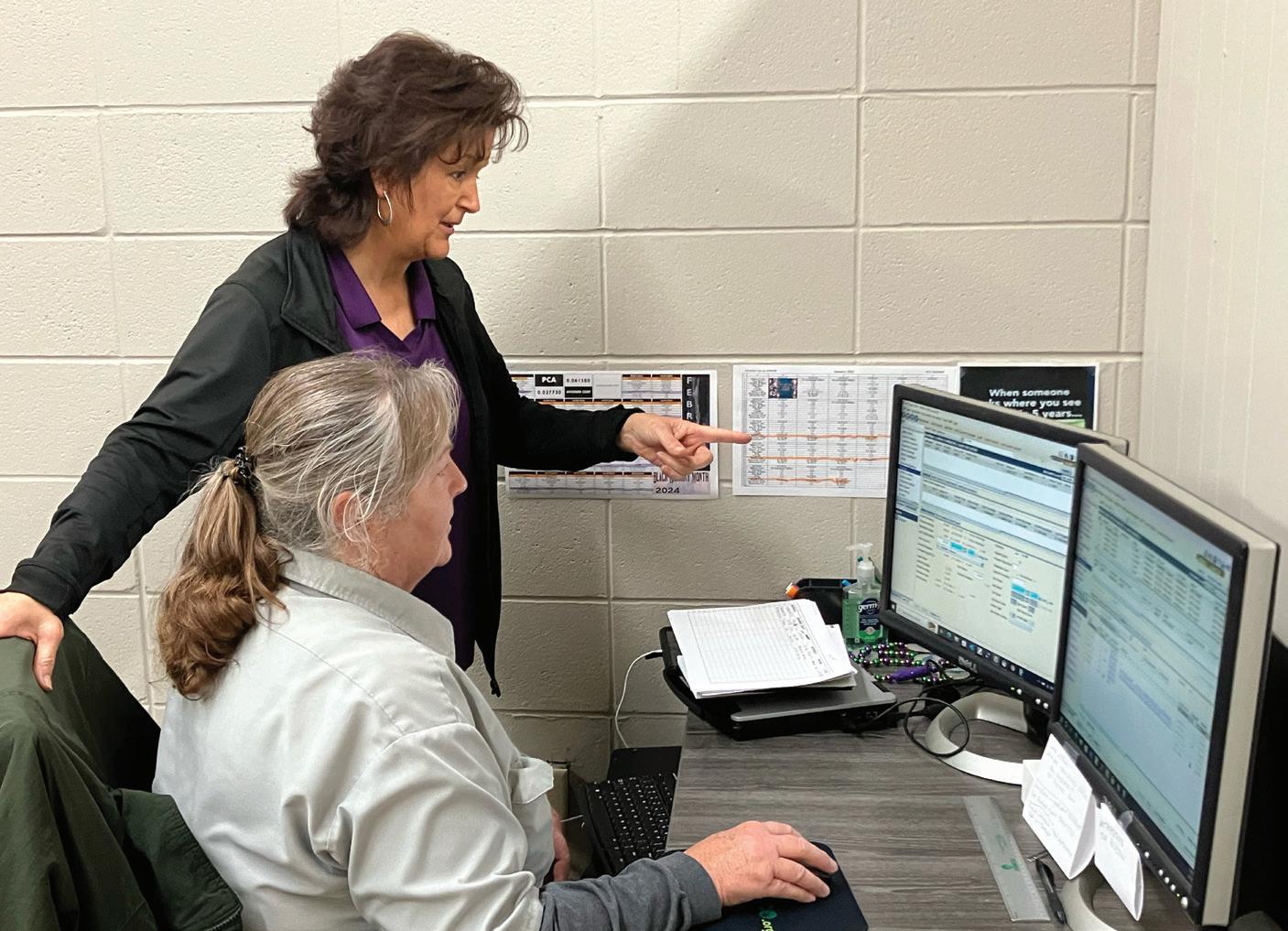


“If I were to recommend someone to pursue a job at DEMCO, I think one of the most important benefits we have going today is the new technology for the future,” Julie says. “Learning something new daily in our job is a great benefit to myself and mostly for our company and members.
“Do it, definitely,” Julie concludes. “You will have a good, stable future.”
Employees can move to other cooperatives and bring their benefits with them, Randy says.


“One of the great things about working for a co-op is there are over 900 electric co-ops around the country,” he says.
“That’s a huge advantage.”






Shannon Soudelier, front row, fifth from left, went with other SLECA representatives to Coteau Bayou Blue Elementary for the clap-in tradition for students taking the LEAP test. DEMCO's Julie Burns shows Linda Sanders how to find information on a member's meter.






































National Lineworker
Appreciation Day
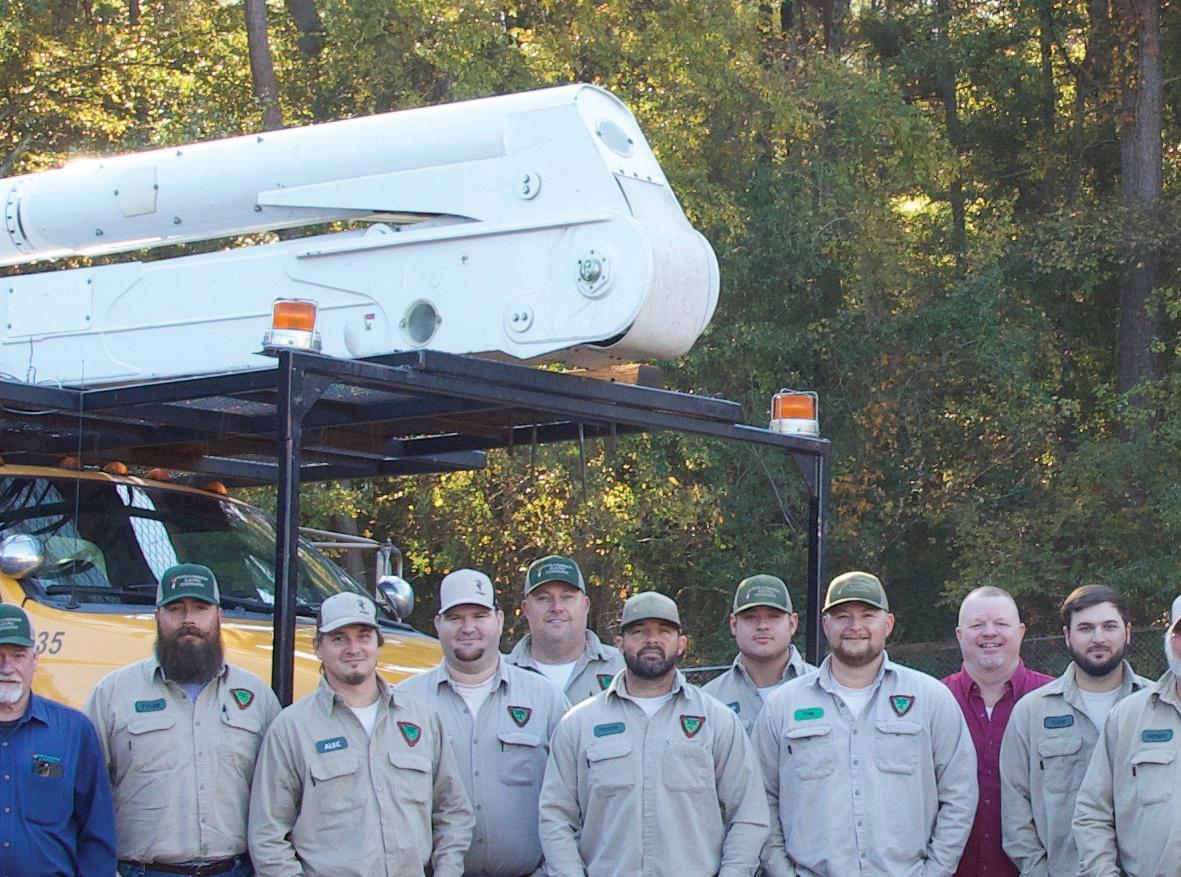

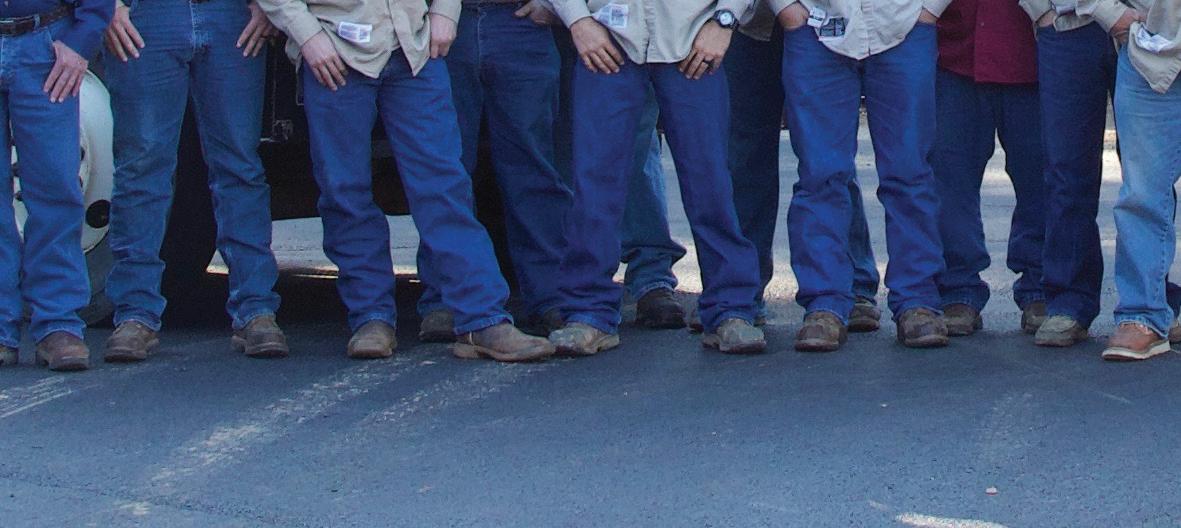
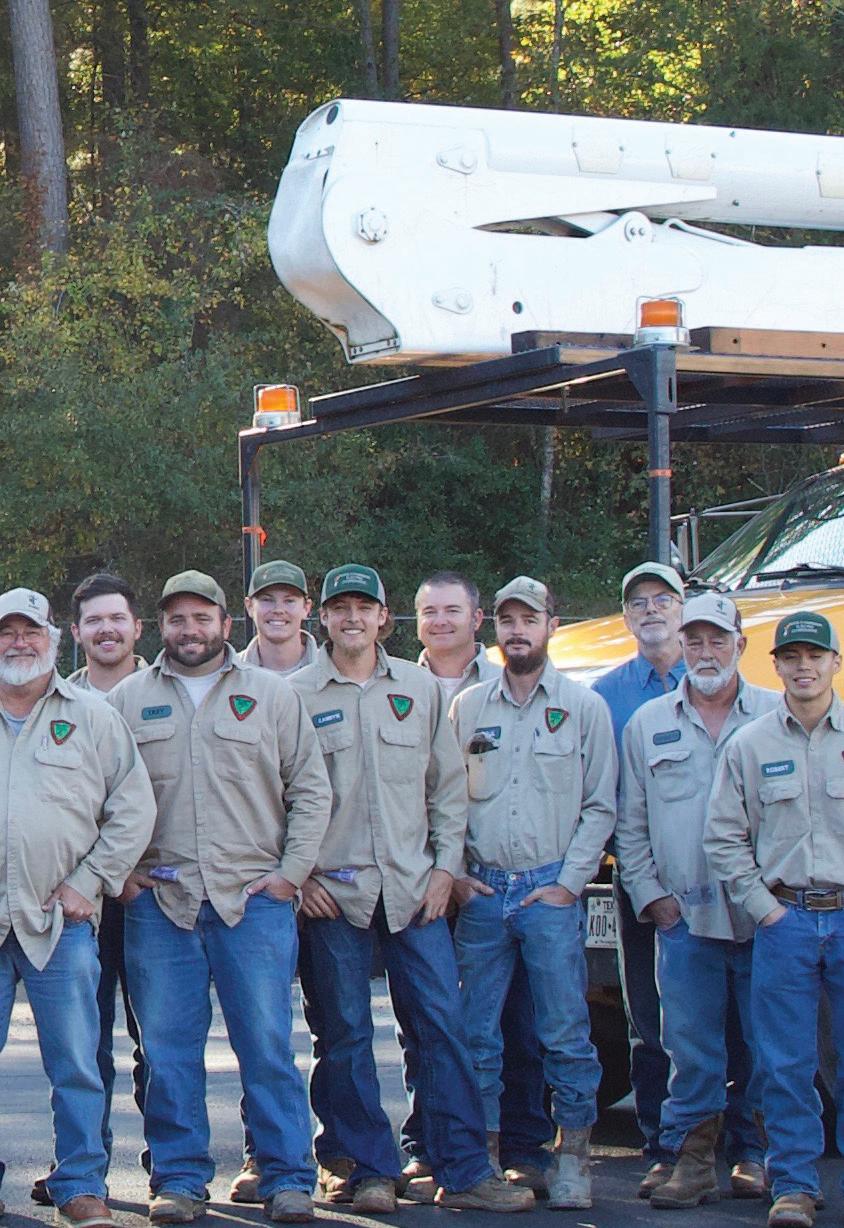



On April 8, we celebrate the amazing Panola-Harrison Electric Cooperative lineworkers who power our lives. Help us thank our lineworkers for their hard work and commitment to keep the lights on. #thankalineworker




ALEC Visits MISO

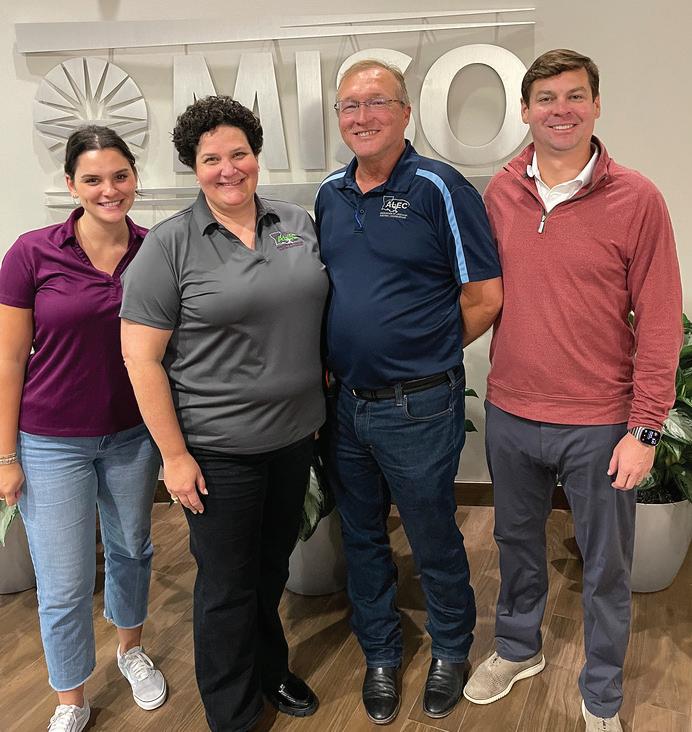
Louisiana Electric Cooperative representatives visited the Midcontinent Independent System Operator facility in Little Rock, Arkansas, in October. MISO is an independent, not-for-profit, member-based organization focused on managing the flow of high-voltage electricity across its region and facilitating one of the world’s largest energy markets. TOP LEFT: Representing Jeff Davis Electric Cooperative, from left, are John Berken, Heath Lemieux, Kevin Sonnier, Reggie Murphy, Eric Gautreaux, Johnathan Nunez, Anya Killmer, Byron Hardee and Thomas Precht III. TOP RIGHT: Representing Association of Louisiana Electric Cooperatives, from left, are Conley Bourgeois, Addie Armato, Aarron Graham and Don Caffery.
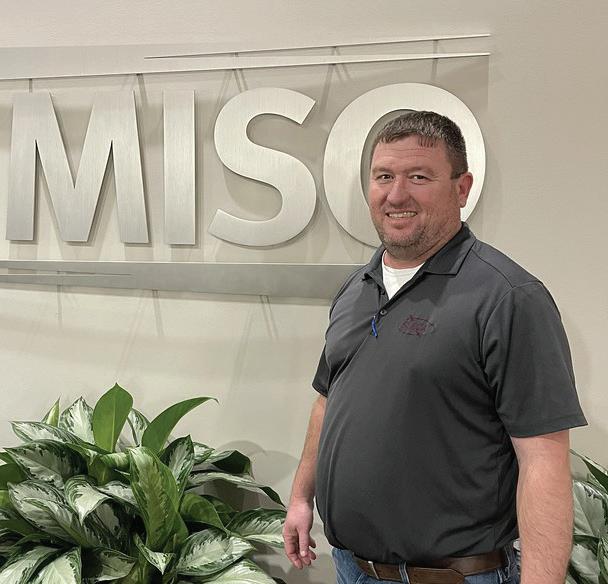
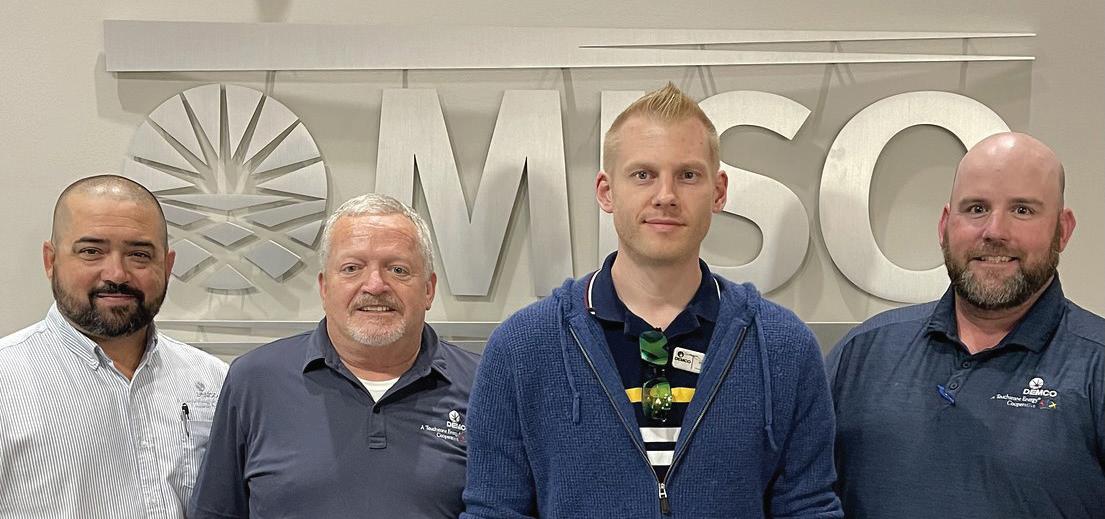

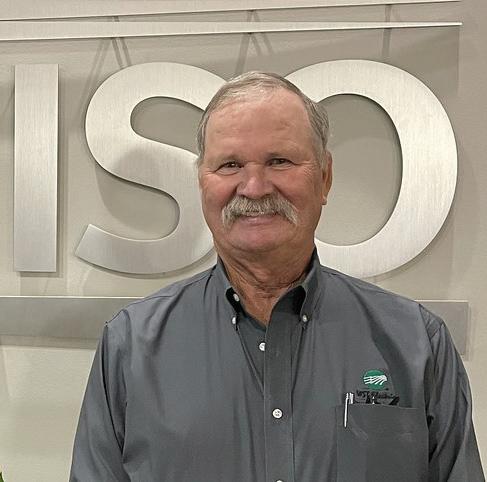
South Louisiana Electric Cooperative Association General Manager Matt Peters represented the co-op on the tour.
On behalf of DEMCO, from left, are Eric Ouber, Ken Lofton, Matt Gibson and Trent Bigner.
From left, Beauregard Electric Cooperative Inc.’s Dale Peterson, Kevin Aycock and Brian Zelenak, general manager, made the trip to Arkansas.
Nickey Smith represented Washington-St. Tammany Electric Cooperative.



The Natchez Trace has many scenic stops, but one stands out for its otherworldly beauty. Cypress Swamp takes visitors on a half-mile boardwalk tour of a fascinating wetland environment packed with cypress trees (and their mysterious knees), vibrant green algae-covered water, and, very frequently, juvenile alligators lurking just below the surface. There’s no need to bring hiking gear, as the swamp is located just a few steps off the roadway. Learn more at VisitMississippi.org/OutdoorAdventure.








Cypress Swamp | Canton, Mississippi
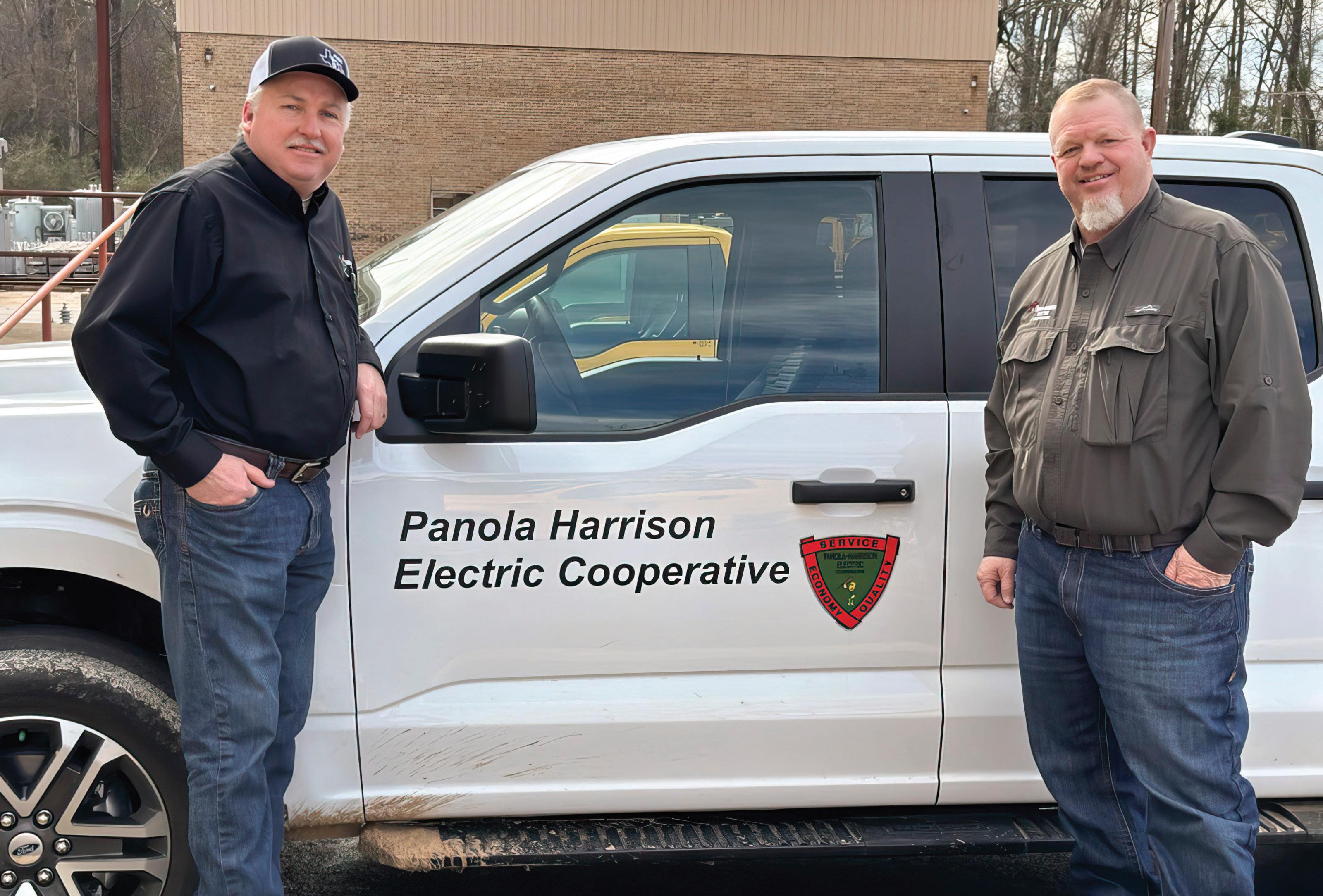
Shining a Light on Our Team
By EmmaLee Tingle
Panola-Harrison Electric Cooperative welcomes you to our new employee spotlight feature.
This month, we highlight two longtime operations department employees. Many readers will recognize Sam White and Steve Opbroek as friends, neighbors or community members.
Steve Opbroek
Steve has worn the Panola-Harrison Electric Cooperative logo for nearly 35 years.
He joined the ranks of PHEC on a line crew in 1989 and spent five years as a lineworker. For more than two decades after that, he ran one of the co-op’s service trucks. He was then promoted to foreman before taking his current position as line superintendent.
Steve oversees all PHEC line crews and their daily work schedules. Each day, he schedules and organizes the work plan for about 20 operations department employees. Steve creates a plan according to the jobs the co-op needs to complete and then

Steve Opbroek, left, and Sam White have given decades of service to Panola-Harrison Electric Cooperative members.
assigns crews. He manages PHEC’s crews in both Texas and Louisiana.
Steve also manages pole replacements. When utility poles are tagged to be taken out of service, he is responsible for finding them and assigning a crew to replace them. He is also charged with lining out proper training for apprentices.
Member complaints, outage restoration and a great deal of paperwork also fall into Steve’s workload. When a member expresses a problem involving the operations department, he works to find a solution that will benefit the member and the cooperative. When outages occur, he formulates the plan and assigns crews to work as safely and efficiently as possible to restore power.
“After nearly 35 years, there is still a level of excitement knowing I’m part of getting the lights back on and keeping everyone safe while we do that work,” Steve says.
For 12 years, he has served as a chaperone for the East Texas Rural Electric Youth Seminar, held each summer at East Texas Baptist University. Nine area electric cooperatives join to sponsor this youth program, which provides high school students with a weeklong education about electricity and cooperative business. About 90 students attend the program each June.
Steve and his wife, Tammy, have been married for 32 years. She is a human resources professional at a software company. They have two adult daughters and three grandchildren. Their
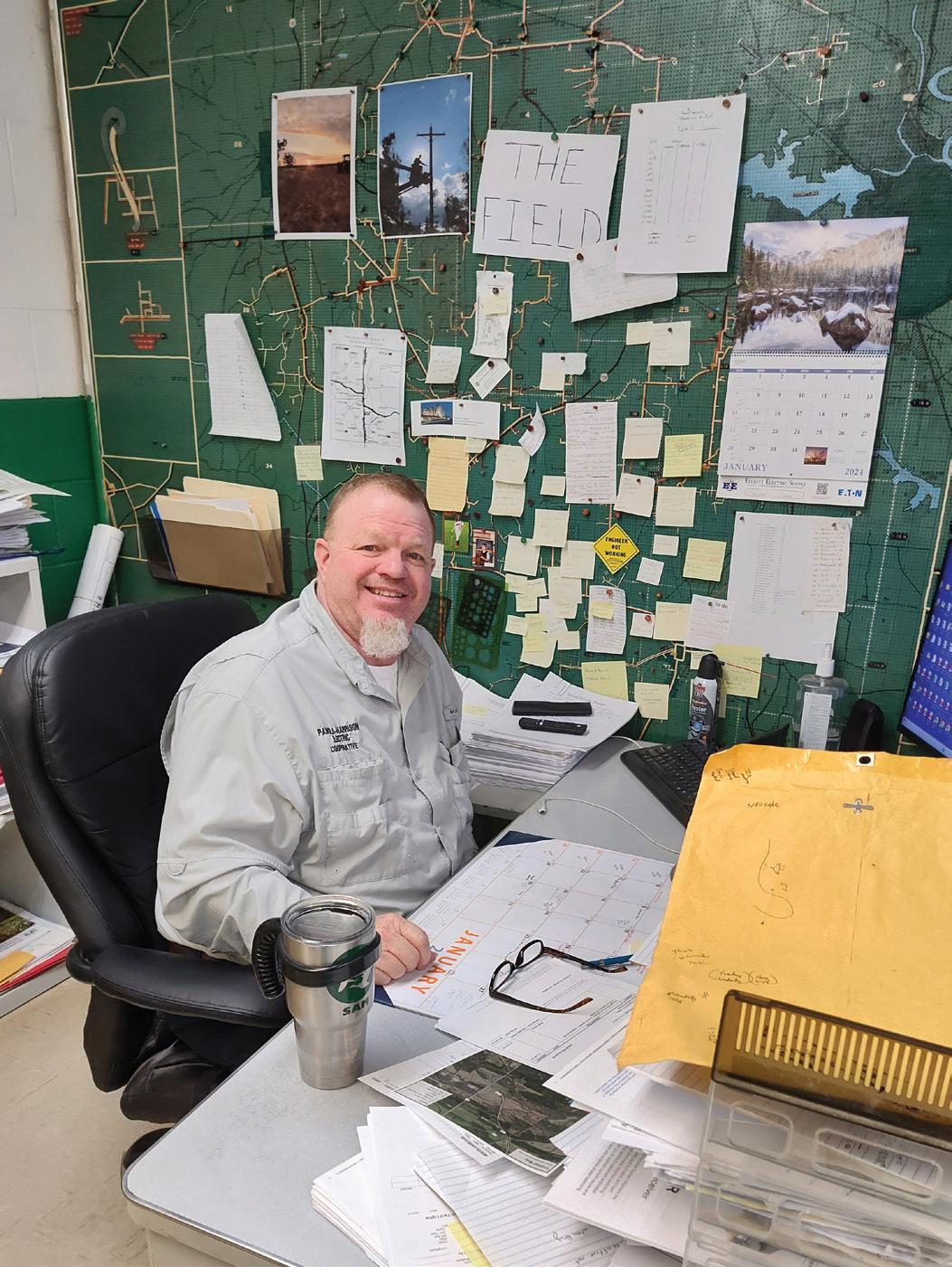
daughter, Presley, and son-in-law, Joe, are parents to Wyatt and AvaJames. Their daughter, McKenna, and son-in-law, Avery, are parents to Lindy.
Sam White
Sam was born and raised in PHEC’s service area, and for the past three decades, he has made a career out of serving the cooperative’s members.
Sam’s first profession was electrician, which led him to encounters with PHEC employees regularly. After getting to know some of the operations team members and being encouraged to consider a career at the co-op, Sam was hired by PHEC as a lineworker in 1994. From there, he became a foreman, then an area supervisor—eventually taking over the engineering department.
Today, Sam serves as PHEC’s Director of Outside Operations. In that role, he oversees operations employees, engineering, the warehouse, the mechanic shop, substations, key accounts, and all large-scale projects at the co-op. Sam is also responsible for finding and training the next generation of the co-op’s operations employees. He has an extensive network of contacts and partnerships for recruiting talent from programs such as the Lineman Training Program at Killgore College.
For 29 years, Sam has learned the principles and processes that drive PHEC. Along the way, he has found people to be his favorite element of working for an electric cooperative. He says the employees he works alongside have become like extended family. He also enjoys the relationships he has built with the co-op’s members, many of whom he has come to know individually.
“Members call me personally when they have a problem, and I like that,” he says. “Vacations aren’t always vacations because the phone never stops, but I’m okay with it. This job becomes a big part of life.”
Outside of work, Sam has been married to his wife, Lauri, for 34 years. She has been in education for 27 years. They have two adult children. Their daughter, Chloe, is a teacher. She is married to Dylan, a lineworker at Grayson-Collins Electric Co-op. Their son, Campbell, attends East Texas Baptist University, where he plays basketball while working toward a career in teaching and coaching.
OPPOSITE PAGE: Steve, line superintendent, started at PHEC in 1989 as part of a line crew.
LEFT: Sam, head of the engineering department, has been at the co-op since 1994, when he was hired as a lineworker.
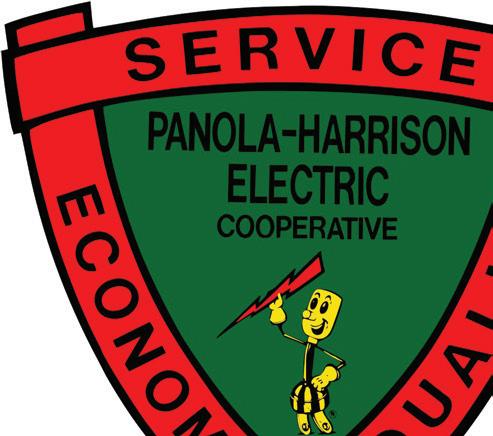


Untangling Power Line Myths
Power lines deliver electricity to homes and businesses and are essential to our modern way of life. We see them everywhere, so it is sometimes easy to forget they can be potentially dangerous. Myths abound when it comes to power line safety.

01


I’m safe as long as I don’t touch power lines.
If birds can sit on power lines, it’s safe for humans to touch them, too.

To help protect our communities, it’s crucial to end power line misconceptions.
Understanding power line safety helps prevent accidents and protect lives. Everyone is encouraged to play it safe with electricity.

Lines can energize the air around them. If too close, electricity can jump to you, leading to injury/death.
01






There’s no difference in voltage in the distance between a bird’s feet, so no circuit is created. Electric shock occurs if a person touches a line while touching the ground.
05 05 04 03 02
02

Wooden ladders are safe around power lines.



It’s safe to trim trees near the power lines.


Power lines are insulated, so they’re safe to touch.








Wood is not a sufficient insulator. Only use nonconductive ladders around power lines and maintain a safe distance.

03


Branches could strike power lines and you at the same time, causing physical harm or death. This should be left to the professionals.

Touching a power line, even if it appears insulated, can deliver an electric shock.
04






